Work is changing fast, and the numbers prove it. Workplace statistics help us understand how people feel about their jobs, how productive they are, and what they need to do their best work.
In this article, we’ve gathered the latest workplace statistics on everything from remote work trends to mental health, helping you understand the current state of the workplace and where it’s headed.
Key workplace statistics for 2026
- 79% of remote-capable employees work at least partly remotely. Most people who can work from home do, and hybrid setups are leading the way.
- 84% of employees say they’re more productive when working remotely or hybrid. It isn’t just more convenient; many people actually feel they get more done.
- Only 11% of employees helped shape their company’s hybrid policy. Most workers weren’t asked how they want to work. That’s a big missed opportunity for trust and buy-in.
- Employees spend 11.3 hours per week in meetings, on average. Meetings now take up nearly a third of the workweek.
- Only 31% of U.S. employees were engaged in 2024, the lowest in a decade. Employee engagement has dropped significantly, which can hurt performance, morale, and retention.
- 77% of employees say they’ve experienced work-related stress in the past month. Stress is incredibly common, showing that workplace well-being needs to be a real priority.
- Millennials are expected to make up 75% of the global workforce by the end of 2025. The workforce is getting younger, and millennials now dominate, which means companies need to adapt to new values and expectations around flexibility, purpose, and well-being.
Guide to workplace statistics
Remote and hybrid work adoption
Most people who can work remotely do just that. As of early 2025, 79% of U.S. employees in remote-capable jobs are working at least partly remotely. That includes 52% on a hybrid schedule and 27% working fully remote. Only about 1 in 5 of these workers are now fully on-site. So, if the job allows it, chances are people are working from home at least some of the time.
More people are working from home overall
In early 2024, about 35.5 million Americans (or 22.9% of all workers) were working from home for pay, an increase of 5 million from the year before. That’s a clear sign that remote work is still growing, even with some companies encouraging teams to return to the office.
Hybrid is the most popular setup
When given the choice, most people say they prefer a hybrid schedule. According to Gallup, 6 in 10 remote-capable workers want a mix of home and office time, while about a third prefer fully remote, and fewer than 10% want to be in the office every day. Flexibility really matters, and hybrid offers a balance that works for a lot of people.
A typical hybrid week? 2–3 days in the office
Among those with hybrid setups, most spend 2–3 days per week at the office, according to Gallup. This has become a new standard. Companies are still figuring out what works best, but this “middle ground” seems to be the sweet spot for productivity and team connection.
The rise of hot desking in the age of meetings
With hybrid work models and meetings taking up more time than ever (an average of 11.3 hours per week per employee and virtual calls tripling since 2020), it’s no surprise that companies are rethinking how they use office space.
Many businesses are moving away from permanent desks and toward hot desking, a more flexible way to match space to how people actually work today. Instead of assigning everyone their own desk, hot desking lets employees book a spot when they need it, freeing up space for meeting rooms, focus areas, and collaborative zones. With back-to-back video calls becoming part of daily life and only 15% of offices fully equipped for hybrid meetings, hot desking is helping teams use space smarter, not just fill it.
Workplaces (and mindsets) are still evolving
Still, 75% of business leaders expect to change their company’s work model again soon — meaning hybrid and remote work will likely keep evolving. Many are redesigning their offices to support that shift: 95% have already made their spaces more flexible, and 82% plan to keep improving them.
Employee engagement and retention trends
Globally, only 21% of employees say they feel engaged at work, meaning they’re enthusiastic and involved in what they do.
U.S. engagement is the lowest it’s been in years
In the U.S., the numbers aren’t much better. Just 31% of American employees were engaged at work in 2024, the lowest it’s been in the past decade. Engagement peaked at 36% in 2020, so things have definitely slipped. It shows that even in jobs people once enjoyed, motivation is fading.
Half of workers are job-hunting
Adding to the challenge, 51% of U.S. employees say they’re watching for or actively looking for a new job. That’s half the workforce who could leave at any time, putting serious pressure on companies to improve their culture, communication, and career growth options.
Why people are quitting
It’s not just about money. In fact, 37% of employees who quit in 2024 did so because of poor engagement or toxic culture, and 31% left due to burnout or lack of work-life balance. Just 16% quit mainly for better pay. That means most people are leaving jobs because they feel unsupported, not just underpaid.
💡 Learn more about employee engagement research →
Employee productivity stats
There’s been a lot of talk about whether people are more productive at home, in the office, or somewhere in between. The good news? Most recent research shows that productivity hasn’t dropped — in fact, in many cases, it’s improved.
A big survey by Zoom found that 84% of employees feel more productive when working remotely or in a hybrid setup. Many say they can focus better without the distractions of an office, and they save time on commuting, too.
💡 If you’re interested, here’s more on employee productivity →
Tech plays a big role, though
87% of employees say good hybrid work technology is essential for productivity in a hybrid setting, and expectations keep rising every year. When tools like video calls, collaboration apps, and project trackers work well, teams can stay productive no matter where they are. When employees have flexibility and the right tools, they often get more done. Companies that support hybrid setups and invest in the right tech are setting their teams up to succeed.
Which brings us to the next point:
The impact of workplace technology on jobs
Nearly everyone is on the same page here: 93% of employers and 90% of employees say collaboration tools are key to making hybrid work a success. Tools like shared digital workspaces, smart scheduling systems like Archie, and cloud-based apps are now must-haves, not nice-to-haves.
Technology = productivity boost
Luckily, many businesses are seeing clear benefits from using technology. In 2024, 56% of companies reported high productivity, thanks to tools such as AI-powered software and online collaboration platforms. And it’s not just about speed. These tools are helping teams stay connected and get more done, especially in hybrid setups. Companies that use AI and automation frequently are even further ahead: 72% say their teams are highly productive.
But tech isn’t always working as it should
Even with all this awareness, there’s still a noticeable gap. About 49% of employees say the tools they use don’t work well across both home and office, and 38% of companies admit their systems don’t fully sync. That makes it harder for teams to stay on the same page and creates daily headaches that slow things down.
AI skills are in demand
On top of that, knowing how to use AI is quickly becoming essential. In fact:
- 76% of professionals say they need AI skills to stay competitive.
- 71% of business leaders say they’d rather hire someone with AI experience than someone with more years in the job but no AI skills.
Companies are starting to adapt. Many are hiring for new roles like AI ethics specialists and compliance leads, and they’re offering retraining to help existing employees learn how to work with AI tools.
AI is everywhere, even if you don’t see it
No wonder that AI is now part of everyday work for most organizations:
- 78% of companies use AI in at least one area of their business, up from 55% the year before.
- 75% of knowledge workers say they already use generative AI like ChatGPT or Microsoft Copilot at work. The most popular uses? IT, marketing, customer support, sales, and content creation.
- 65% of businesses report using ChatGPT in some way.
Interestingly, 78% of employees are bringing their own AI tools to work (a trend called BYOAI), especially in smaller companies, because they want to get things done faster, even if their employer hasn’t officially provided support.
The investment gap
Here’s the catch, though: only 32% of companies are actually investing in top-tier collaboration tools, and just 44% are putting money into AI. That’s a big disconnect, especially when 90% of employees say these tools are critical to their daily work.
Workplace mental health and well-being
Mental health and burnout have become major topics in today’s workplaces. While more companies are talking about well-being, the numbers show that many employees are still struggling, often quietly.
Stress is incredibly common
77% of employees say they’ve felt work-related stress at least once in the past month, according to WebMD Health Services. That’s nearly 8 out of 10 workers feeling weighed down by their job on a regular basis. Whether it’s tight deadlines, long hours, or unclear expectations, stress is part of daily life for many.
Burnout is hitting hard
A lot of people aren’t just stressed, they’re burned out. Around 51% say they feel “used up” at the end of their workday, 45% feel emotionally drained, and 44% say they’re outright burned out, according to SHRM.
And it’s not getting better. Burnout rates in 2024 are 25% higher than they were in 2022, with about one-third of employees reporting ongoing, persistent burnout. Even though more companies are offering wellness programs, many workers say they’re still feeling overwhelmed.
Mental health challenges are widespread
Nearly 1 in 4 U.S. workers (24%) rate their mental health as “fair” or “poor”, rather than good or excellent, according to the American Psychological Association. And 77% say they’ve experienced at least one symptom of stress, like anxiety, tiredness, or trouble sleeping, in just the past month. These are everyday struggles that affect how people show up at work and how well they can perform.
Workplace collaboration
Today, work stretches across time zones, tools, and even human plus AI partnerships. When a team works well in this kind of setup, you see it in faster delivery, better results, and happier people.
The business case is strong. Gallup’s 2024 analysis of more than 183,000 teams found that highly engaged teams deliver about 23% higher profitability than low-engagement teams. They also keep people longer. In organizations with typically low turnover, poorly engaged units had 51% higher turnover than highly engaged ones. Teams that feel connected and clear on goals simply perform better and retain talent.
The importance of teamwork
Teamwork also matters because work is more distributed. Microsoft’s 2025 Work Trend Index shows that about 30% of meetings span multiple time zones and late-night meetings are up 16% year over year. People also get pinged very often, roughly every couple of minutes. Good teamwork keeps that from turning into chaos. Shared plans, clear owners, and smart use of async updates help teams stay aligned without burning people out.
There is a human side as well. Connection at work supports wellbeing. Gallup reports that 1 in 5 employees worldwide feel lonely, with younger and fully remote workers feeling it most. Teams that build in regular touchpoints, run inclusive meetings, and follow up in writing make it easier for everyone to feel seen and contribute, wherever they are.
Teamwork and communication statistics
Hybrid teams do not wait for a meeting to make progress. A lot of work now happens asynchronously in team chat threads, shared documents, and project tools that people check when it suits their schedule.
You can see this in communication data. The average Slack user sends about 92 messages a day, and across Slack there are around 1.5 billion messages each week. Teams that adopt Slack send about 32% fewer internal emails, which shows how much everyday conversation has shifted from inboxes to chat.
The upside is speed and a searchable record. The downside is noise. That is why more teams set simple norms like focus status, tidy channels, and delayed send to protect deep work.
💡 Here’s more on workplace collaboration →
Workplace conflict and challenges
Even in the best companies, workplace challenges and conflicts are part of daily life, especially with all the changes happening in how and where we work. Hybrid setups, tech overload, and shifting employee expectations are creating new kinds of tension.
Communication breakdowns in hybrid teams
One major challenge is keeping communication clear across hybrid setups. When some people are in the office and others are remote, it’s easy to feel out of sync. In fact, 49% of employees say the tools they use don’t work well both at home and in the office, which makes communication and workplace collaboration harder than it should be. Without consistent systems and expectations, even simple tasks can get messy.
Tech can cause tension too
Too many apps, constant notifications, and systems that don’t work well together can create frustration. 68% of workers say they feel overwhelmed by the pace and volume of work, often because they’re juggling too many tools at once. When tech makes work harder instead of easier, people get stressed, and that stress can lead to conflict.
Generational gaps can cause misunderstandings
With Gen Z, Millennials, Gen X, and Boomers all working together, it’s no surprise that differences come up. Younger workers might prefer quick chats or flexible hours, while older colleagues might expect more formal communication or structured schedules. On top of that, Gen Z is almost 3× more likely than Boomers to feel lonely at work, which can make them more sensitive to feeling left out or ignored.
Speaking of:
Generational workplace shifts and preferences
Globally, millennials (born 1981–1996) are expected to represent around 75% of the workforce by the end of 2025. Many are stepping into leadership roles and juggling both work and family life, making flexibility, stability, and purpose key priorities for them.
Gen Z is growing fast
Gen Z (born 1997–2012) already makes up around 17–20% of the global workforce, and that number is rising each year. They’re the first truly digital-native generation, and they bring fresh ideas about communication, tech, and how work should feel. They value flexibility, but not in the same way as millennials; many want structure and face-to-face connection at work.
Different views on remote work
There are clear generational differences when it comes to remote work: only 23% of Gen Z workers say they’d choose a fully remote setup, compared to 35% of older generations. Gen Z is also more likely to want coworkers in the office more often, often because they feel disconnected when working apart.
Millennials, on the other hand, are the most likely to value remote flexibility — 41% say they’d seriously consider switching jobs if remote options were reduced.
Each generation needs different kinds of support
- Gen Z often struggles with mental health, especially loneliness. They tend to thrive with mentorship, team-building, and more personal connection.
- Millennials are often balancing kids, careers, and burnout. Flexible hours, mental health benefits, and work-life balance are key to keeping them engaged.
- Gen X may be managing both children and aging parents, so stability and strong healthcare benefits are especially valuable.
- Boomers, many nearing retirement, typically prioritize financial security, flexible retirement options, and continued relevance in the workplace.
A summary of the latest recent workplace statistics
🏠 Remote & hybrid work adoption
- 79% of U.S. remote-capable employees work at least partly remotely (52% hybrid, 27% fully remote)
- 1 in 5 remote-capable employees are now fully on-site
- 35.5 million Americans (22.9% of all workers) worked from home in early 2024
- 6 in 10 remote-capable workers prefer hybrid work
- About 1/3 prefer fully remote
- Fewer than 10% want to be in the office every day
- 11% of employees were involved in shaping their company’s hybrid policy
- 2–3 days per week in-office is the average hybrid schedule
- 75% of business leaders expect to change their work model again
- 95% of companies have already made offices more flexible
- 82% plan to continue improving office flexibility
🎯 Employee engagement & retention
- Only 21% of global employees feel engaged at work
- Only 31% of U.S. employees were engaged in 2024 (lowest in a decade)
- Engagement peaked at 36% in 2020
- 51% of U.S. employees are job-hunting or open to new jobs
- 37% quit due to poor engagement or toxic culture
- 31% quit due to burnout or lack of work-life balance
- Only 16% quit primarily for better pay
📈 Workplace productivity
- 84% of employees feel more productive when working remotely or hybrid
- 87% of employees say good technology is essential for hybrid productivity
- In 2024, 56% of companies reported high productivity from tech
- Companies using AI and automation: 72% say their teams are highly productive
🤖 Technology & AI use
- 93% of employers and 90% of employees say collaboration tools are key for hybrid success
- 49% of employees say tools don’t work well across home and office
- 38% of companies say their systems don’t fully sync
- 76% of professionals say they need AI skills to stay competitive
- 71% of leaders prefer hiring someone with AI skills over more experience
- 78% of companies use AI in at least one area (up from 55% the year before)
- 75% of knowledge workers use generative AI (e.g. ChatGPT, Copilot)
- 65% of businesses report using ChatGPT
- 78% of employees bring their own AI tools to work (BYOAI)
- Only 32% of companies invest in top-tier collaboration tools
- Only 44% are putting money into AI
- 90% of employees say these tools are critical to their work
- 68% of workers say they feel overwhelmed by the pace and volume of work
🧠 Mental health & burnout
- 77% of employees say they’ve felt work-related stress in the past month
- 51% feel “used up” at the end of the day
- 45% feel emotionally drained
- 44% report outright burnout
- Burnout in 2024 is 25% higher than in 2022
- 1 in 3 employees report ongoing burnout
- 24% of U.S. workers rate their mental health as fair or poor
- 77% say they’ve had at least one stress symptom recently
👥 Generational workforce trends
- Millennials will make up 75% of the global workforce by the end of 2025
- Gen Z already makes up 17–20% of the global workforce
- Only 23% of Gen Z workers would choose a fully remote setup
- 35% of older generations would choose fully remote
- 41% of millennials would consider switching jobs if remote options were reduced
- Gen Z is 3× more likely than Boomers to feel lonely at work
Sources
- Gallup, The Future of Hybrid Work: 2025 Trends.
- U.S. Bureau of Labor Statistics, Telework Trends and the Pandemic’s Long-Term Impact.
- Zoom, Navigating the Future of Work Report.
- Webex by Cisco, Global Hybrid Work Research Report 2024.
- Gallup, Employee Retention and Attraction Trends.
- Gallup, Employee Engagement Hits Lowest Point in a Decade.
- Cisco, 2025 Hybrid Work Study.
- Tech.co, The Impact of Technology in the Workplace: 2024 Report.
- Microsoft & LinkedIn, 2024 Work Trend Index Annual Report.
- McKinsey & Company, The State of AI in 2024.
- WebMD Health Services, Workplace Mental Health Statistics by Industry.
- SHRM, 35% of Workers Say Their Jobs Have a Negative Effect on Their Mental Health.
- American Psychological Association, Workplace Mental Health Survey 2023
- Gallup, Fully Remote Work Least Popular Among Gen Z.
- Firstup, Key Statistics: Millennials in the Workplace.

Berenika Teter
Archie's Content Manager, fueled by filter coffee and a love for remote work. When she’s not writing about coworking spaces and hybrid workplaces, you can probably find her exploring one.
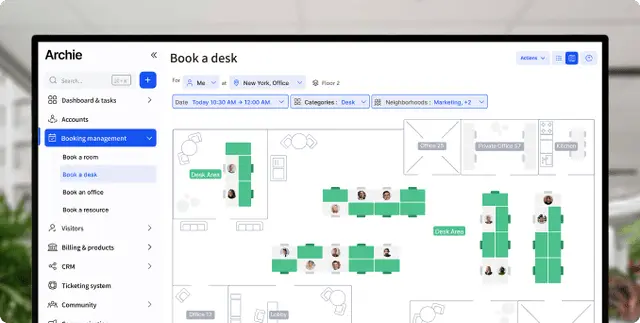
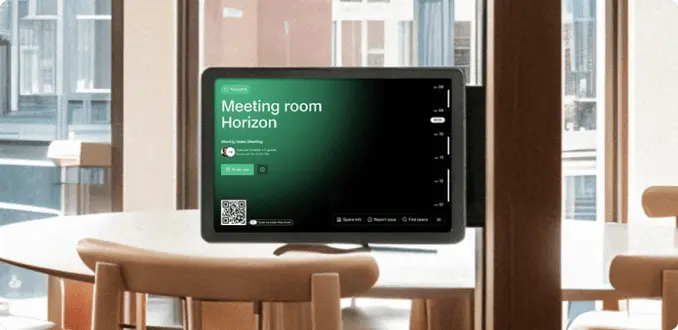


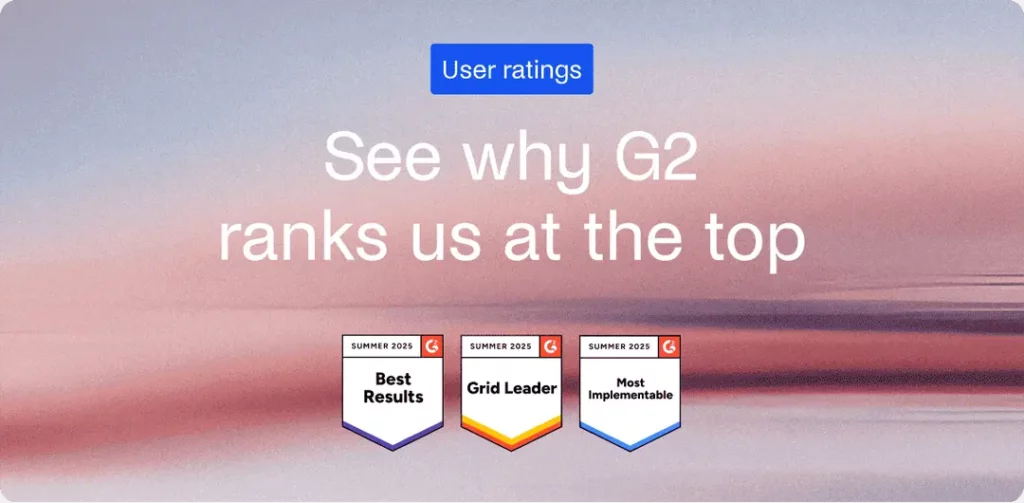
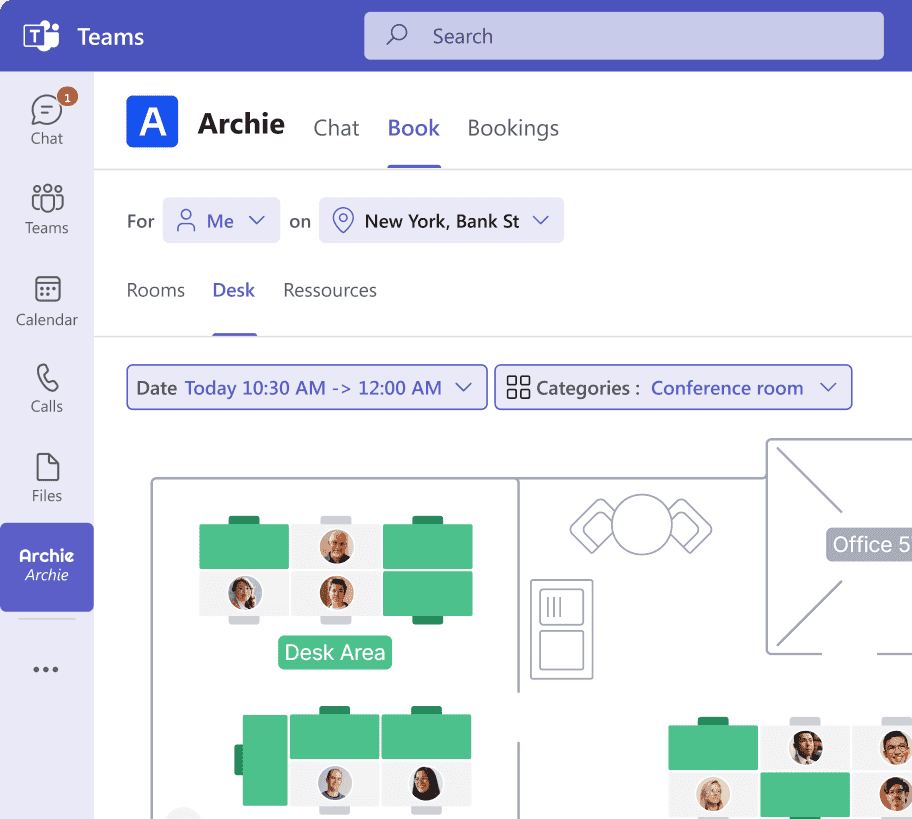
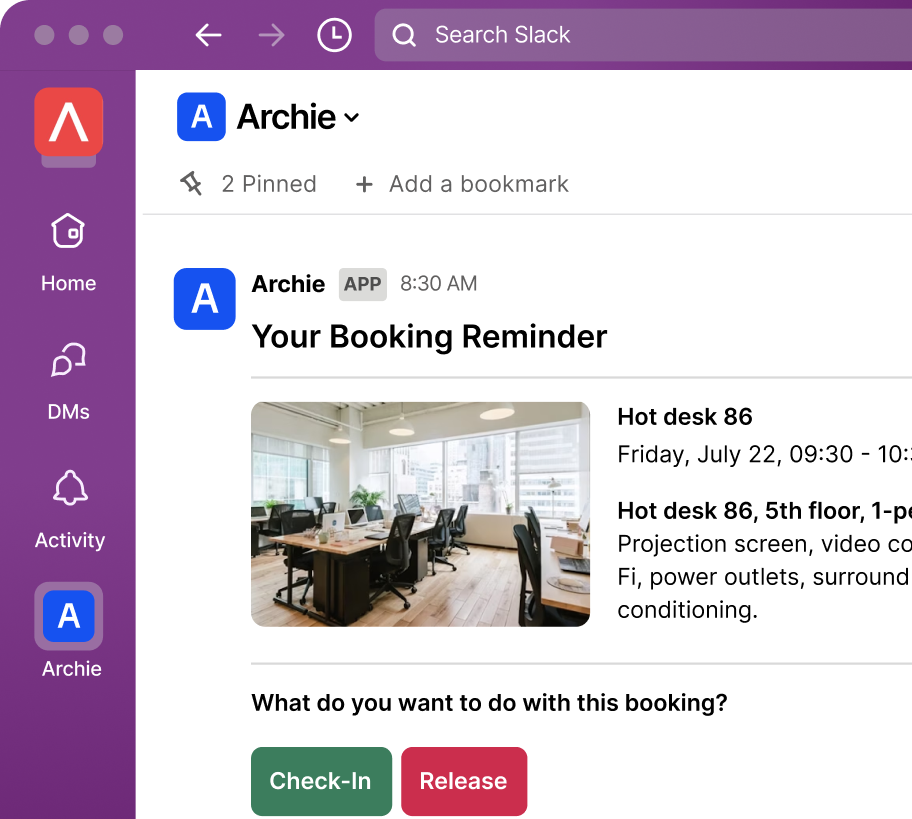
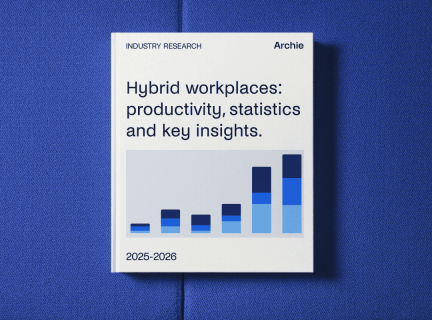
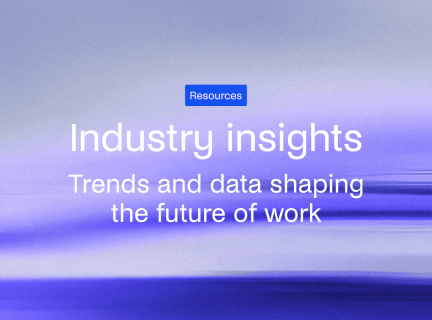
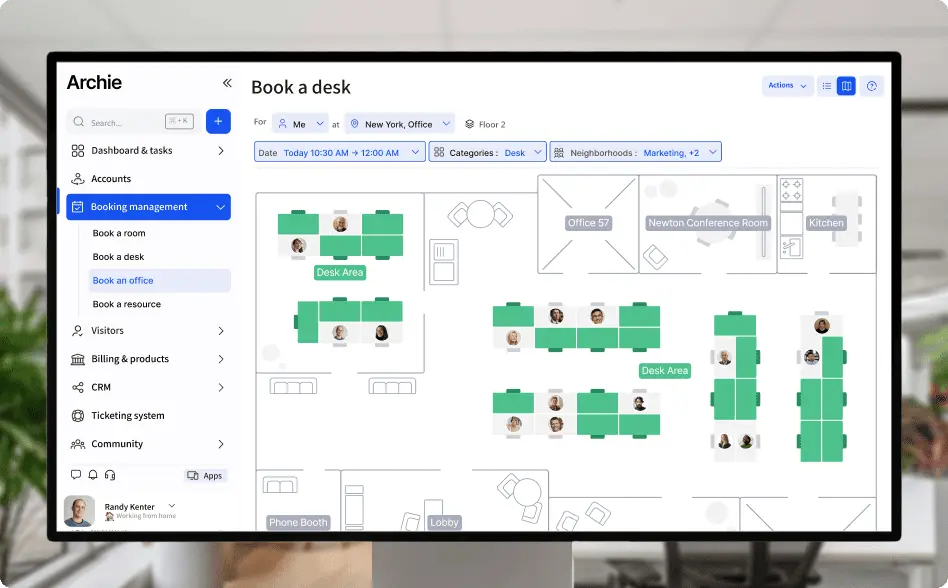
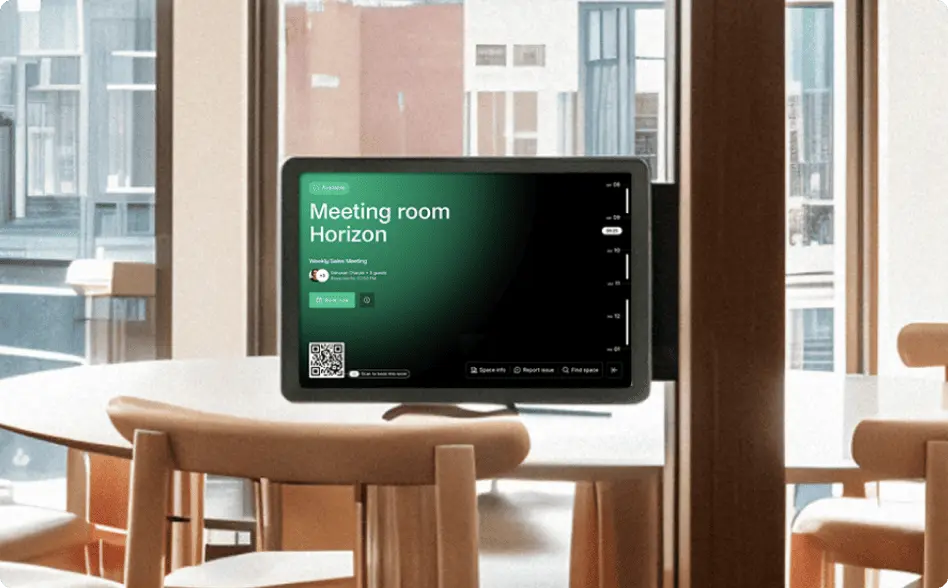
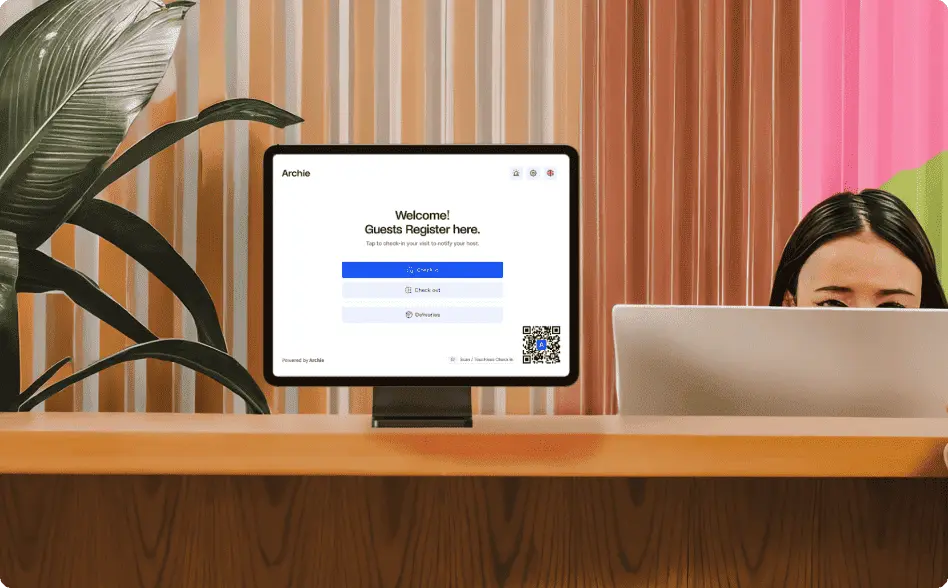
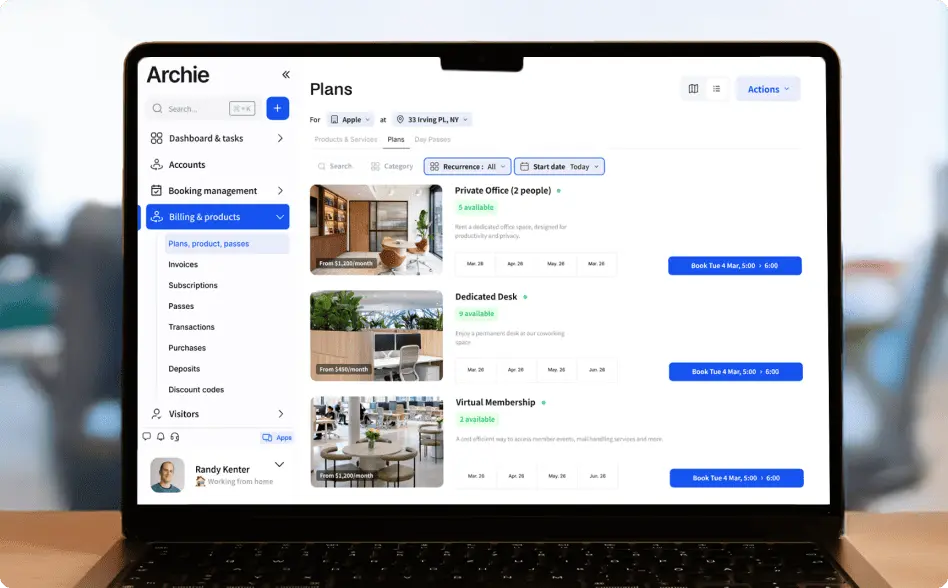

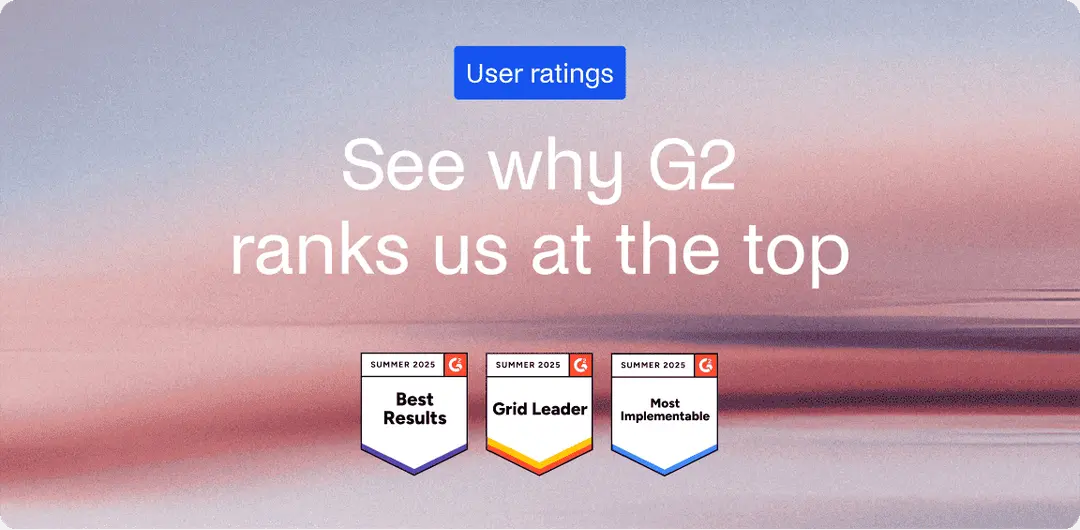
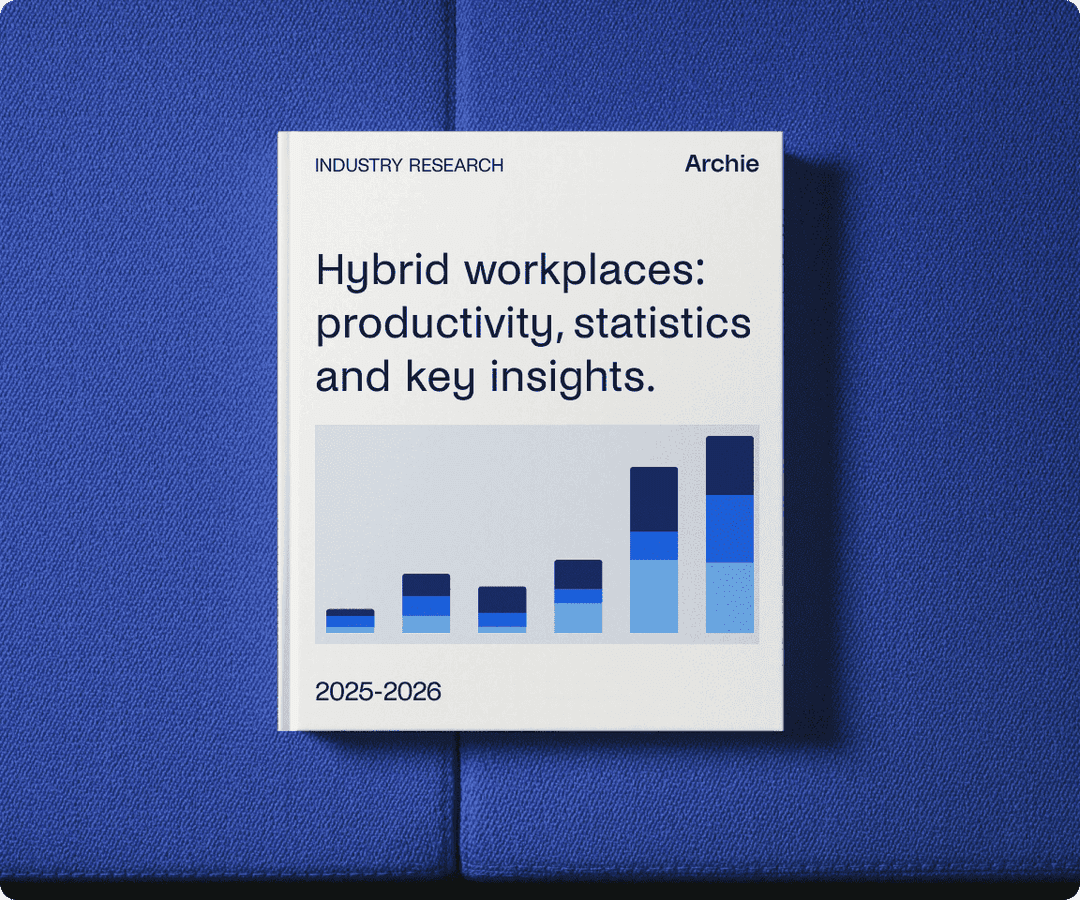
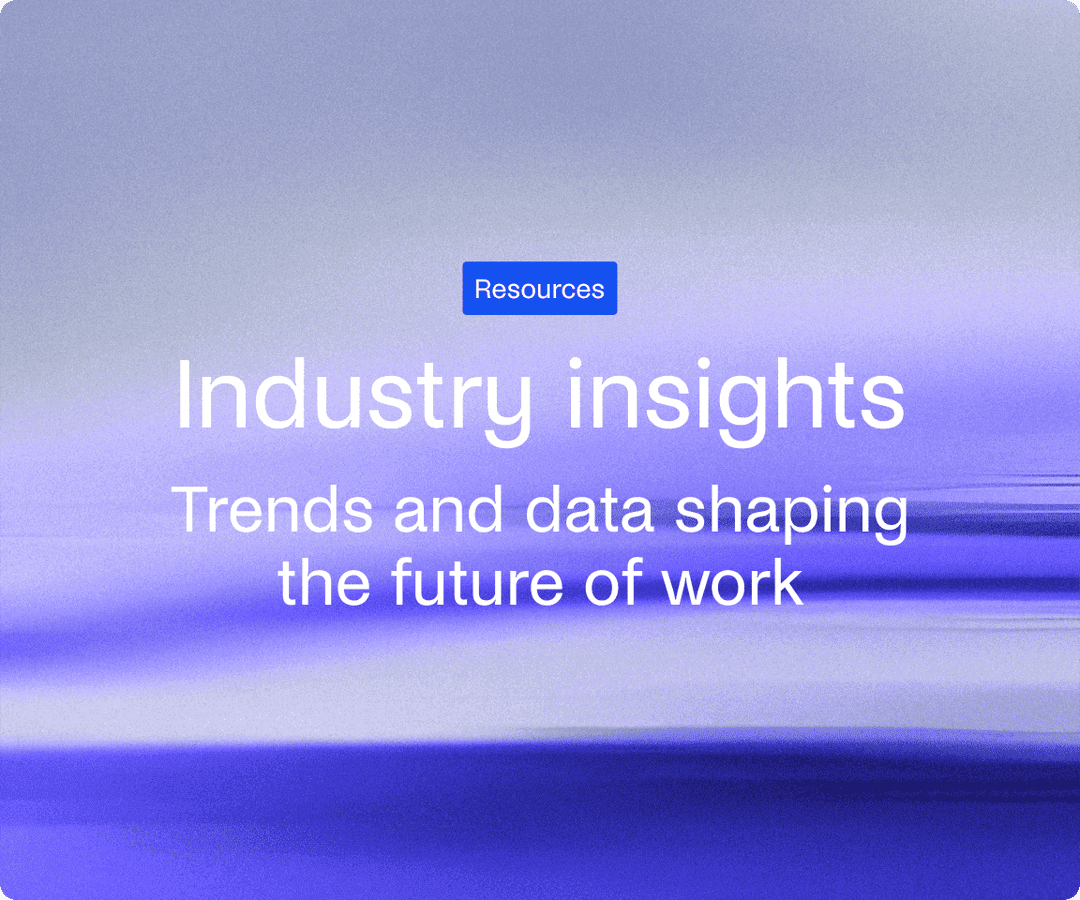
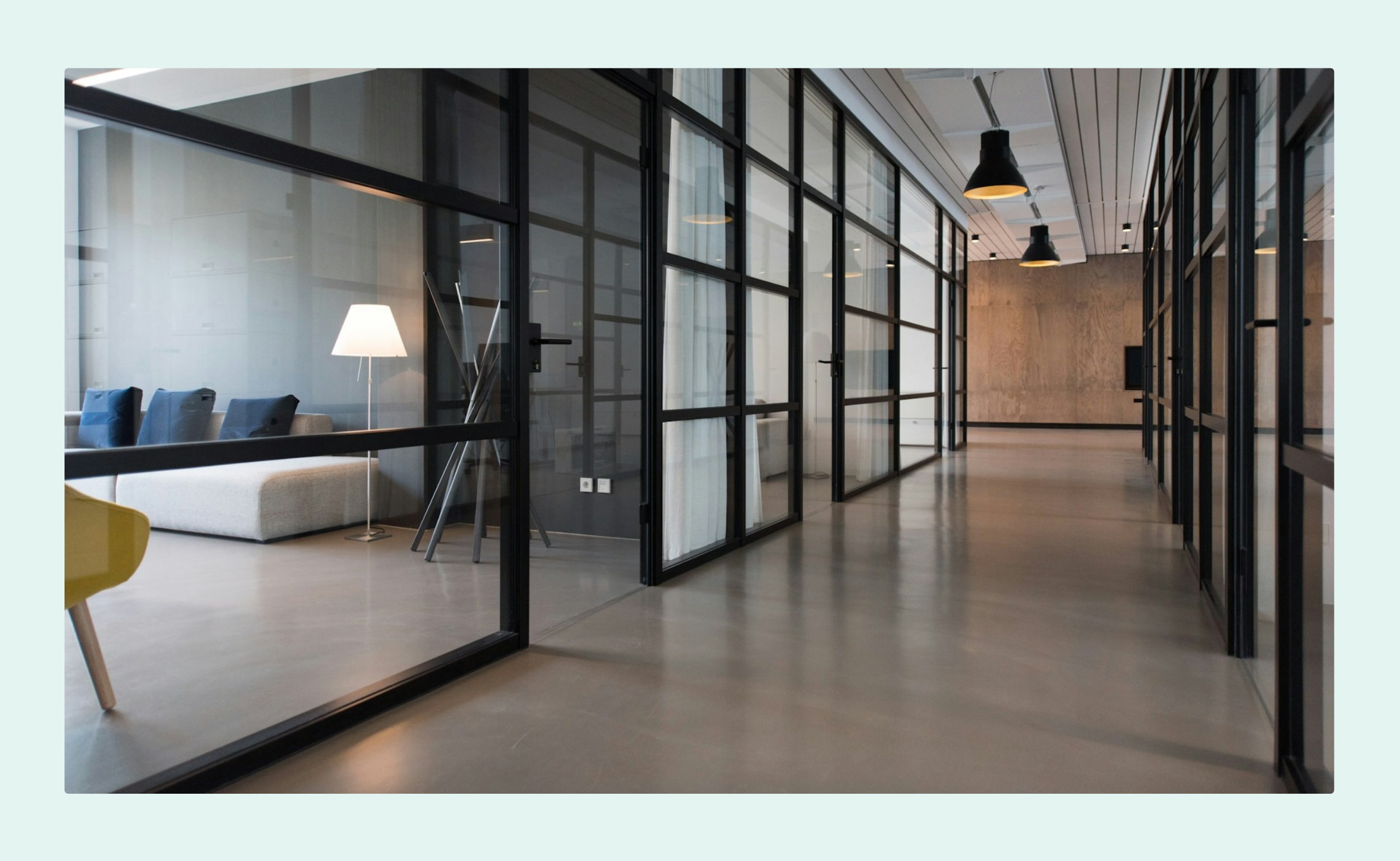
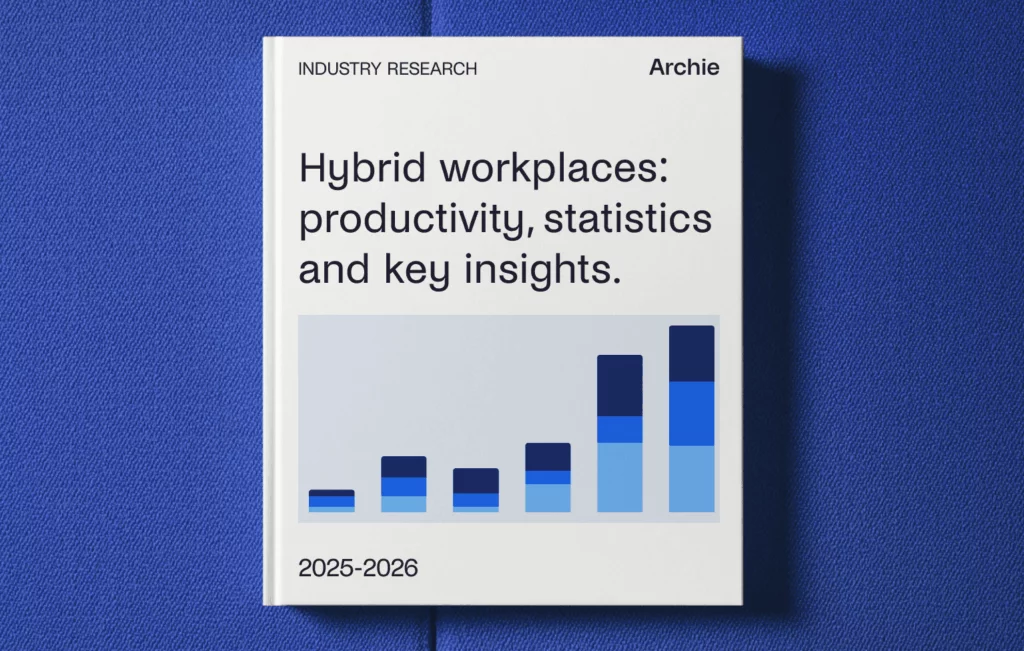
![The Latest Coworking Statistics & Industry Trends [2026] A cozy coworking space with wooden walls, warm lighting, and a large map of South America.](https://archieapp.co/blog/wp-content/uploads/2025/08/Latest-coworking-statistics-cover-image-400x400.jpg)
![RTO: Return-To-Office Statistics, Research & Trends [2026] Modern meeting room with large windows, a wooden conference table, pink chairs, and industrial-style ceiling lighting.](https://archieapp.co/blog/wp-content/uploads/2025/04/RTO-statistics-cover-image-400x400.png)

